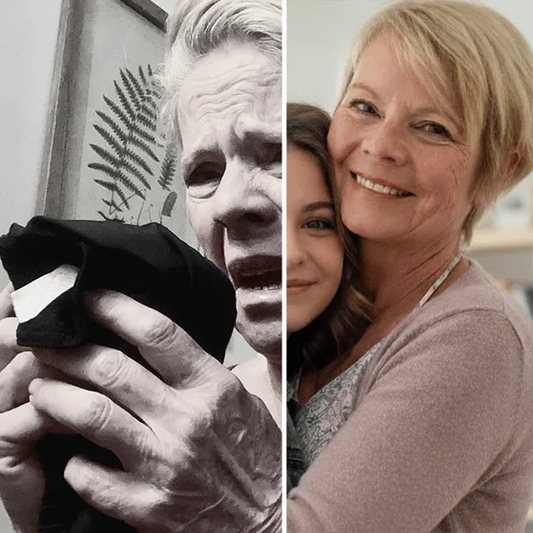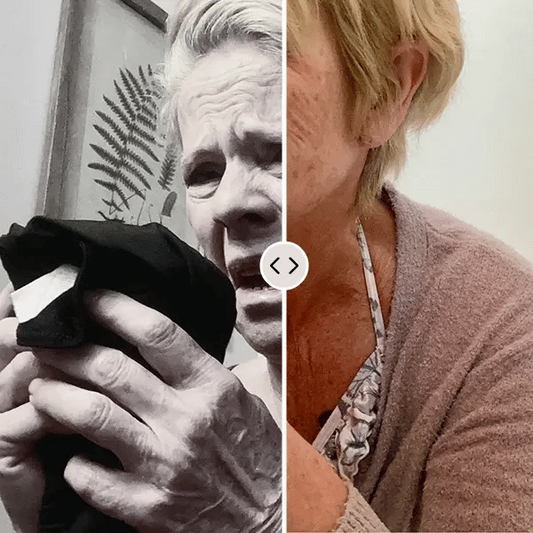
As we age, the skin’s natural antioxidants decline, which leads to the production of nonenal. Nonenal is formed when skin lipids oxidize, especially on areas like the back of the ears, back of the neck, scalp, and chest. It has a distinct “greasy,” “musty,” or sometimes slightly “fatty” smell that does not wash off easily. Unlike sweat-based odor, which comes from bacteria, nonenal is created by chemical changes in the skin itself. Because of this, regular soaps and body washes are often not strong enough to break it down or remove it completely.
- Choosing a selection results in a full page refresh.
- Opens in a new window.


